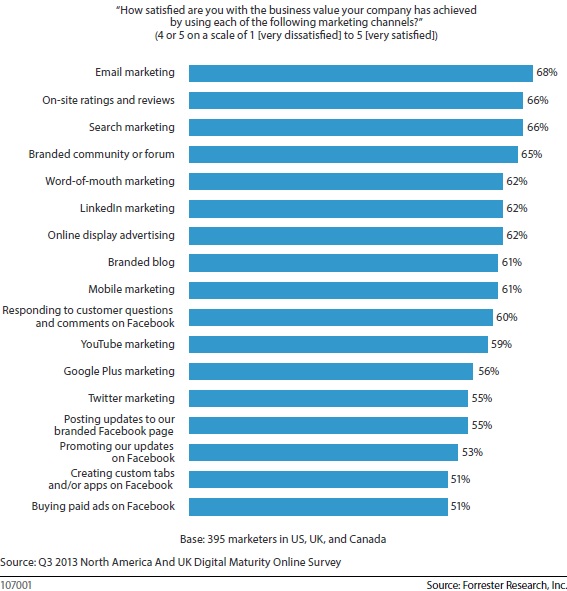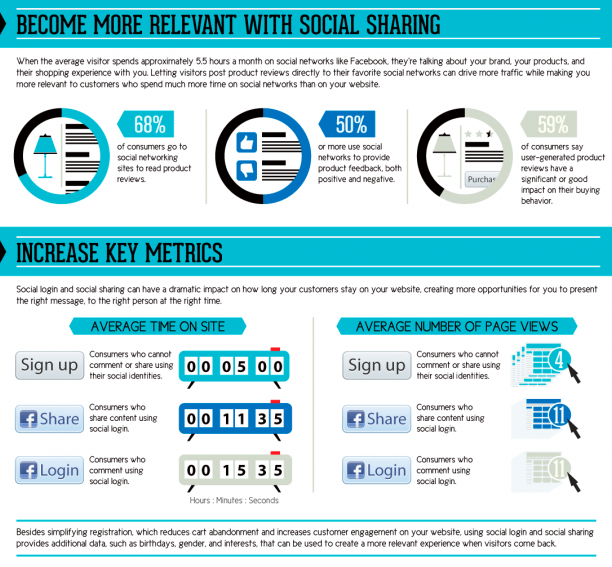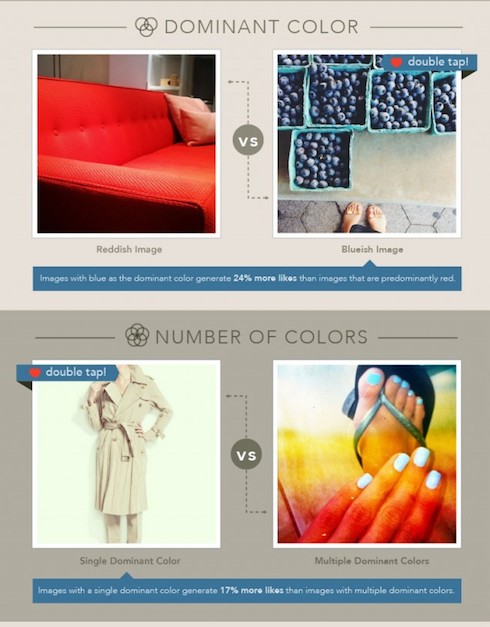By adaptive - November 12th, 2013
Social login and e-commerce, marketers lament Twitter and why to avoid too many Likes
Half of marketers like to use Twitter
Often held to be the most potentially dynamic of all the social media networks available to marketers, new research from Forrester would suggest that even with an IPO, Twitter is still not an established component of many business’ marketing initiatives. It’s a lack of satisfaction with the return that is being seen from Twitter campaigns that is causing the unrest. But this may be the wrong perspective on how to use Twitter within a campaign.
Forrester’s Nate Elliott said: “Marketers’ most common objective on Twitter is to build brand awareness. But consumers are most likely to become a fan or follower of a company in social media after they’ve already bought from that company. This means that marketers would have more luck using Twitter to engage their existing customers than to find new ones,” he said.
This is a good point, as often marketers will see Twitter and indeed the other social networks as an end in themselves. In fact, Twitter and its brethren should be used as brand extensions to engage with existing customers. Certainly new potential customers can be attracted by a separate Twitter campaign (Dell showed this early on), but the power of those 140 characters is really with how they can reinforce brand values with an existing customer base.
Elliott concludes: “The good news? We believe that Twitter is heading in the right direction. It carefully tests its new marketing offerings before unleashing them on the market. It has brought marketers innovative targeting criteria, like the ability to target users based on what TV show they’re watching. And if it can help marketers build genuine connections with their customers, rather than just running ads, then Twitter could become the go-to site for the kind of social marketing that marketers are hungry for — the kind of social marketing we believe Facebook has left behind.”
Social login affects e-commerce
A new infographic from Monetate will make for interesting reading if your corporation is trying to gain an insight into how social media impacts on e-commerce. Focusing on the use of social login and how this effects e-commerce activity, the infographic reveals that with the average user is spending over five hours a week on their social networks, connecting with them for e-commerce is vital.
Indeed, according to Monetate, 68% of consumers now use their social media networks to read product reviews before making their online purchases. What’s more, nearly 60% of users pay close attention to consumer-generated content like product reviews. This gives a clear indication that developing brand advocacy that is expressed via a range of original content can have a massive and positive impact on e-commerce conversion rates.
Social login then becomes a key component of the buying journey. Once a consumer has decided to buy, corporations must ensure they don’t place any barriers between themselves and their customers.
One way to achieve this is to use social login. Using their Facebook login is the most popular with 60% of consumers opting for this, with Twitter (11%) and Google+ (10%) following. But it’s the last statistic that should be paid attention to, as 40% or two out of every five consumers prefer to use social login than creating a new or guest accounts on an e-commerce site.
How to increase engagement on Instagram
With Instagram moving to its ad platform, brands need to understand the specific skills they need to develop effective campaigns on this burgeoning social media network. A new infographic from Curalate shows that colour can have a massive impact on engagement.
Their study reveals that images that have blue as their dominant colour outperform those with mostly red hues. And the dominant hue is important, as 40% of images that have one clear dominant colour perform the best across most images.
The likes don’t necessarily have it
How does your brand measure its success on Facebook? The chances are this will be the number of likes it has, and your corporation may have spent substantial resources improving on that number. New research from Aegis Media seems to indicate that less is more when it comes to Facebook engagement.
Using a fictitious brand, the company ranked identical Facebook pages with 12 and 9.2 million likes respectively, and discovered that between 0-2,000 likes seems to be a sweet spot where high brand awareness can be seen that translates into positive sentiment. When 10,000+ likes were seen on the Facebook page, positive impact markedly tails off.
Known as social proof, Rob Horler, Aegis Media UK CEO said: “Social proof clearly has a role to play in changing perceptions, and our experiment is one first step in understanding this better. This was a pilot study; we’ll be looking to construct wider research in the near future to take a broader view of social media use and other factors that affect unconscious behaviour.” Watch this space.
Until next time….
The Useful Social Media team.
Next Reads
December 2013, London
Become a social business: For superior marketing response, sharper corporate decision-making, enhanced innovation and a happier, more loyal customer
Brochure Programme


